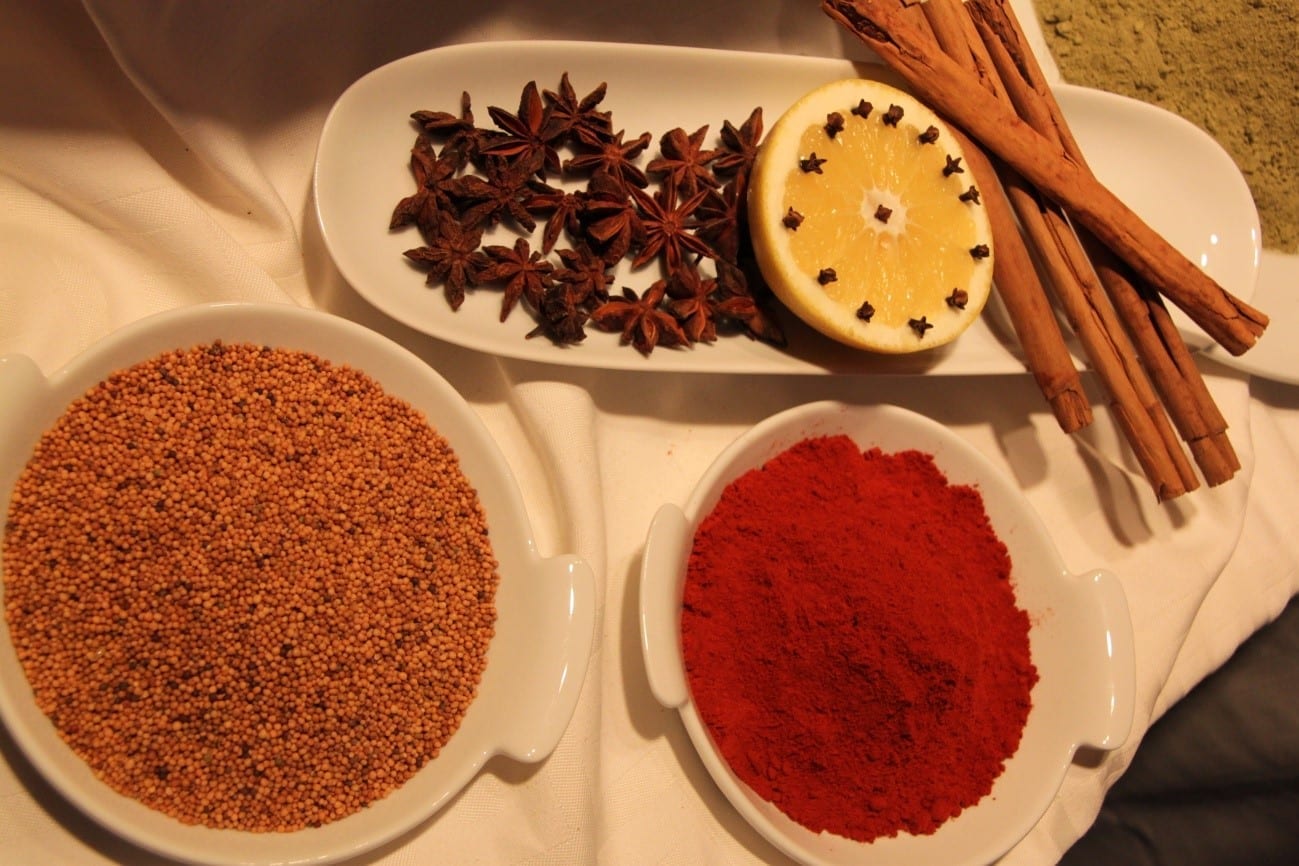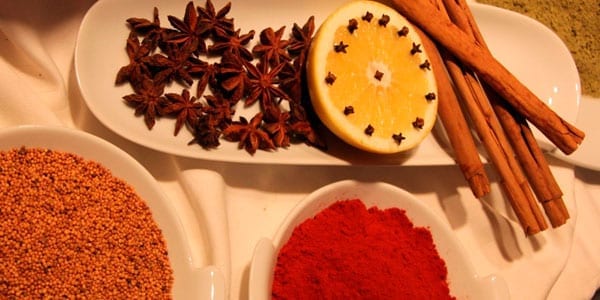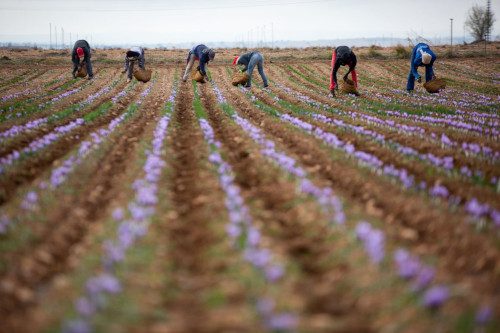
Suggestive title to start this series of articles on the world of spices. When talking about them, those exotic and wonderful places where these products are produced always come to mind. One thing really certain.
It is also true that spices, in addition to stimulating our imagination, they also stimulate our organoleptic senses. Therefore, they are quite responsible for the aromas and flavors that make our meals more appetizing.
So, soon I will be reeling off the huge variety of spices What can we find. Including practically any corner of the world capable of producing any, without discarding, of course, the spices produced in Spain.
We will talk about the diversity of varieties of each spice, how and where they are grown. What is the path from the field to our kitchen? What characteristics does each one of them present? How can we apply them to our food? I will not forget their nutritional and medicinal properties. Something that may be surprising, but important when it affects our health.
Spices are also part of classical medicine
5.000 years ago the Chinese emperor Sheng nung wrote a medical treatise using spices. Since then, these "insignificant" products have not stopped being used in prescriptions. In addition, for an infinity of health problems. The history of the spice world and its medical uses that it would take many articles to tell it. Also eager to learn to be able to cover them.
It is necessary to take advantage of this introduction to clearly define the term “spice”. Although that has already been done extensively in the book Manual for Spices (AMV Ediciones). Therefore, we are left with the definition given in said book.
"Spices are parts of certain plants (whole, chopped or ground), which are dried or dehydrated. They can be subject to some transformation process. Due to their characteristic color, flavor or aroma, they are incorporated into food. Either to enhance, improve or modify its organoleptic characteristics "
As an object of this article and those that come later, we will stay with two fundamental aspects. The first is that they are plant products that we will incorporate into food. Always for enhance, improve or modify her CARACTERISTICS (color, flavor, aroma).
Then, the second aspect that will have to be addressed in the future is the spice mixes. That when we really want to take advantage of the great potential of these products. It is not enough to properly use one of them, the really important thing is know how to combine them to achieve our purpose. Or to experiment towards New flavors.
Later we will see some of the hundreds of spice mixes already prepared that we can find in the market. Or what can be more satisfying: being able to prepare our own mixes in the world of spices.
The world of spices in the Spanish market
It is convenient to refer to the spice world What can we find in it Spanish market. These are the main ones:
- Estate - Turmeric, Ginger.
- Bulbs - Garlic onion.
- Bark
- Leaves - Savory, Basil, Chives, Coriander, Dill, Lavender, Tarragon, Peppermint, Laurel, Marjoram, Mint, Oregano, Parsley, Rosemary, Sage and Thyme.
- Flowers - Saffron, Cloves.
- Fruits and seeds - Sesame, Caraway, Fenugreek, Poppy, Anise, Star Anise, Celery, Cardamom, Cayenne, Coriander, Cumin, Juniper, Dill, Fennel, Mustard, Nigella, Nutmeg, Paprika, White Pepper, Allspice, Black Pepper, Pink Pepper, Green Pepper and Vanilla.
- Arils.
For more information, you can purchase the book 'Manual for Spices' (AMV Ediciones).
Or also enter the blog The World of Spices and Paprika.
Article by Tomás Franco Martínez.







